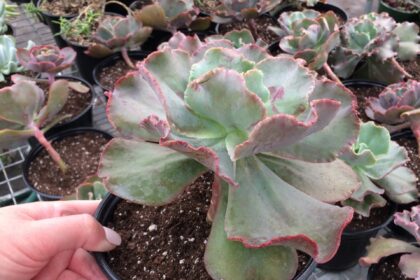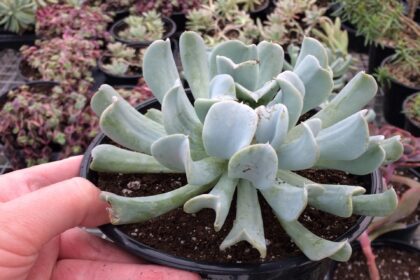Coloring Easter eggs is a fun and colorful tradition. Try making your own plant-based dyes for a crafty and educational twist to coloring your eggs! Here is a step-by-step guide on how to dye eggs using plants!
Use store-bought white eggs or opt for farm-fresh eggs like the ones we offer at WRF Nursery. Farm eggs naturally vary in color and can provide fun, colorful surprises.
Directions:
- Turmeric: For a vibrant yellow hue, simmer 1 tablespoon of turmeric powder in 2 cups of water for 10 minutes. Let the mixture cool before straining out the turmeric. Add 1 tablespoon of vinegar to help the color adhere to the eggshell.
- Red Cabbage: To create a lovely blue shade, chop half a red cabbage and simmer it in 4 cups of water for 30 minutes. Allow the mixture to cool and strain out the cabbage. Add 2 tablespoons of vinegar before dyeing the eggs.
- Beets: Achieve a rich pink color by grating 2 medium-sized beetroots and simmering them in 2 cups of water for 15 minutes. Once cooled, strain out the beetroots and add 1 tablespoon of vinegar to the dye.
- Spinach: For a soft green tint, blend 2 cups of fresh spinach leaves with 1 cup of water. Strain the liquid before adding 1 tablespoon of vinegar to the mixture.
- Onion Skins: To create a warm orange hue, simmer a handful of onion skins in 2 cups of water for 20 minutes. Strain out the onion skins and add 2 tablespoons of vinegar to the dye solution.
Remember to let the eggs sit in the natural dyes for at least 30 minutes. You can also experiment with leaving the eggs in the dyes overnight for deeper shades. Have fun exploring the natural beauty of plant-based dyes and creating unique Easter eggs!









